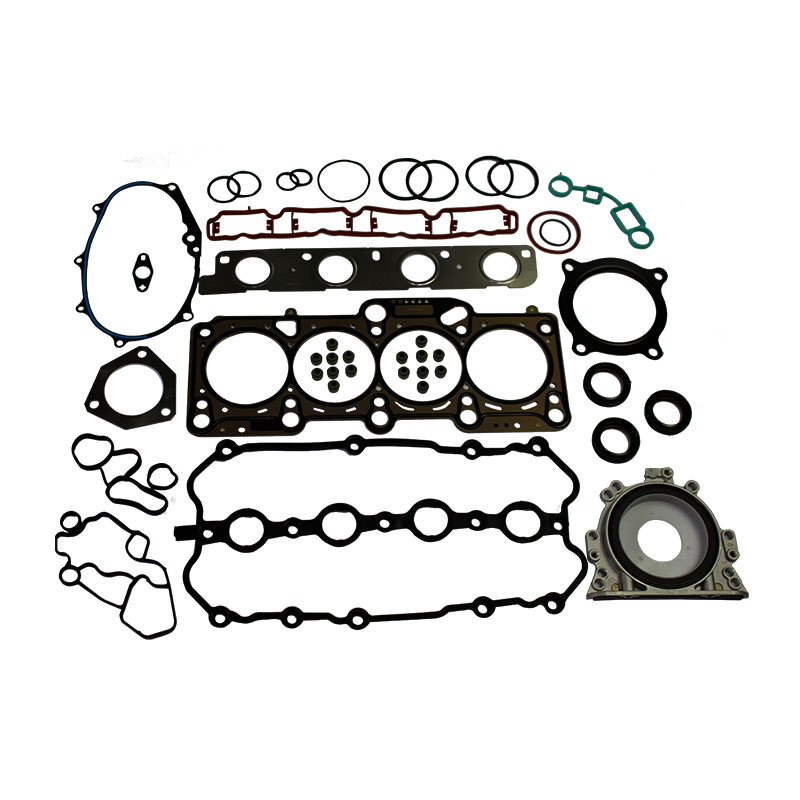cutlass bearings
Understanding Cutlass Bearings The Unsung Heroes of Marine Propulsion
Cutlass bearings play a crucial yet often overlooked role in the marine industry, particularly in the functionality of boat propulsion systems. These cylindrical bearings are primarily used in boats to support the propeller shaft, allowing it to rotate smoothly while minimizing wear and tear. In this article, we will explore what cutlass bearings are, their importance, types, maintenance, and how they contribute to the overall efficiency of marine vessels.
What is a Cutlass Bearing?
A cutlass bearing is typically made from a tough, durable plastic or rubber compound, engineered to withstand the harsh conditions common to marine environments. They are designed to fit into a dedicated housing, often mounted inside the strut—the structural component that supports the propeller shaft. The primary function of a cutlass bearing is to provide a low-friction surface that allows for the proper rotation of the propeller shaft, which, in turn, drives the vessel forward.
Importance of Cutlass Bearings in Marine Propulsion
Cutlass bearings are essential for several reasons. First and foremost, they reduce friction between the rotating shaft and the surrounding structure, which leads to improved efficiency in propulsion. By minimizing resistance, vessels can achieve higher speeds and better fuel economy. Moreover, a well-functioning cutlass bearing prolongs the life of the propeller shaft by reducing wear from excessive movement and vibration.
Additionally, cutlass bearings play a role in aligning the propeller shaft. Proper alignment is crucial for maintaining balance and reducing vibrations that can cause damage to the drivetrain and other components. Vibration can lead to discomfort for passengers and crew, as well as create potential safety hazards. Thus, the importance of cutlass bearings extends beyond mechanical functionality; they also enhance the overall comfort and safety of the marine experience.
Types of Cutlass Bearings
There are various types of cutlass bearings available on the market, differentiated by their materials and applications. The two most common materials used for cutlass bearings are rubber and composite materials.
cutlass bearings

1. Rubber Cutlass Bearings These are widely used due to their excellent cushioning properties and resistance to water. They can absorb shocks and vibrations effectively, making them suitable for recreational and commercial vessels that may experience rough conditions.
2. Composite Cutlass Bearings These bearings are manufactured using a combination of plastic and other materials, resulting in superior strength and wear resistance. Composite bearings can operate in a wider range of temperatures and are often used in high-performance vessels.
Each type of bearing has its unique advantages, and the choice largely depends on the specific requirements of the boat and the conditions it will face.
Maintenance of Cutlass Bearings
To ensure optimal performance, regular maintenance of cutlass bearings is essential. Routine inspections should be conducted to check for signs of wear and tear, such as scoring, cracking, or pitting. A good practice is to replace cutlass bearings every few years, depending on usage and environmental conditions.
Lubrication is another critical aspect of maintenance. Although cutlass bearings are designed to work in a wet environment, some types may benefit from additional lubrication. It's essential to follow manufacturer guidelines regarding maintenance and lubrication practices.
Conclusion
In summary, cutlass bearings are vital components in the field of marine propulsion, serving to reduce friction, support alignment, and enhance overall vessel performance. Understanding their critical role can help boat owners make informed decisions regarding maintenance and upgrades to their vessels. Whether for recreational boating or commercial shipping, the importance of cutlass bearings cannot be overstated. They truly are the unsung heroes of marine propulsion systems, ensuring smooth operation, extending the lifespan of key components, and enhancing the overall boating experience. As the marine industry continues to evolve, so too will the technology and materials used in cutlass bearings, ensuring they remain an essential part of maritime engineering for years to come.
-
Simplifying Oil Changes: A Comprehensive Guide to Oil Drain Plugs and Their Variants
News Aug.04,2025
-
Mastering Oil Drain Maintenance: Solutions for Stripped, Worn, and Upgraded Oil Plugs
News Aug.04,2025
-
Fixing Oil Pan Plug Issues: Leaks, Stripped Nuts, and the Right Replacement Solutions
News Aug.04,2025
-
Everything You Need to Know About Oil Drain Plugs: Sizes, Fixes, and Upgrades
News Aug.04,2025
-
Choosing the Right Oil Drain Plug: A Guide to Sizes, Materials, and Drain Innovations
News Aug.04,2025
-
A Complete Guide to Automotive Drain Plugs: Types, Problems, and Innovative Solutions
News Aug.04,2025
-
The Ultimate Guide to Car Repair Kits: Tools and Essentials Every Driver Should Own
News Aug.01,2025
Products categories















